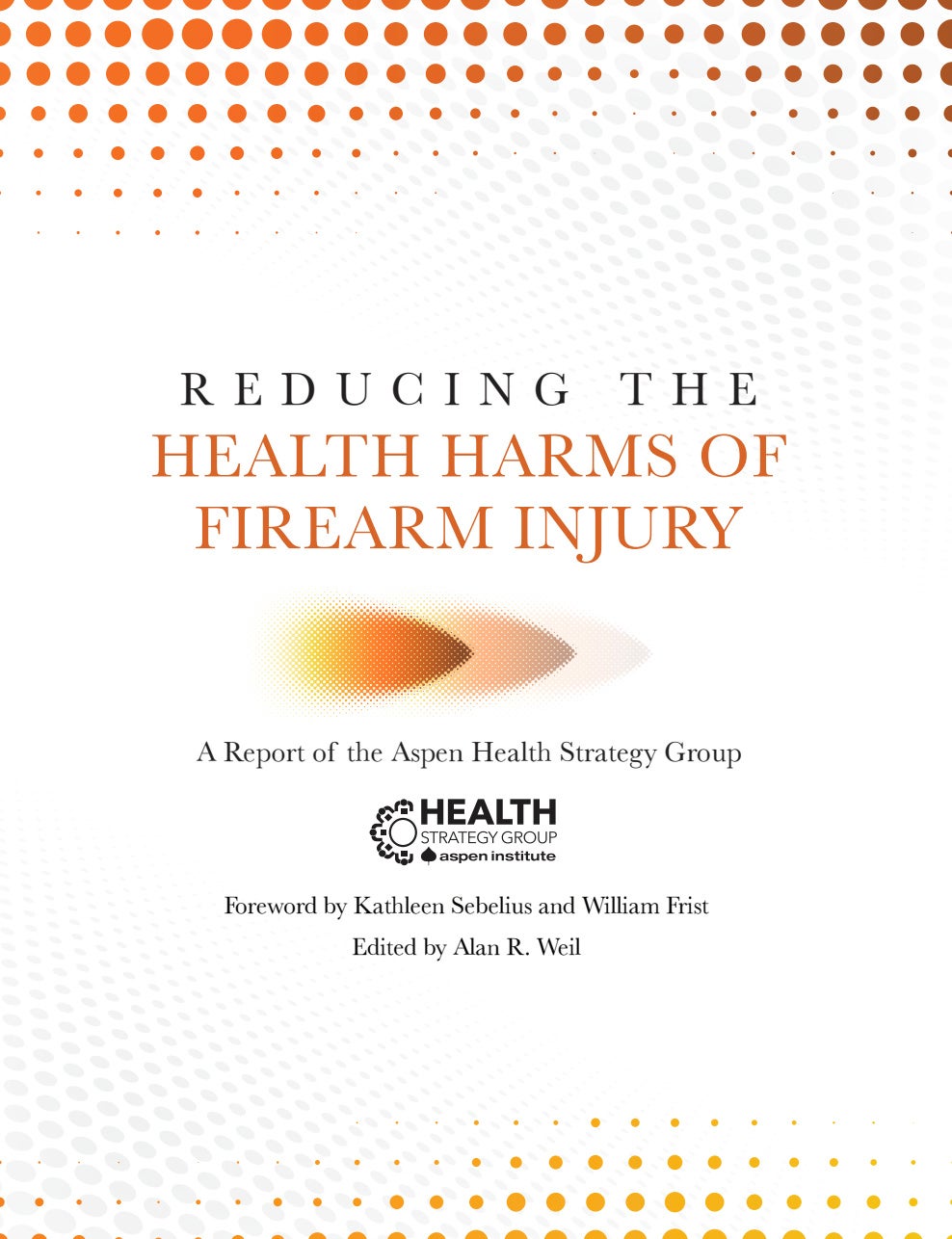Donald Warne is associate dean for diversity, equity, and inclusion at the University of North Dakota School of Medicine & Health Sciences. Warne, an Oglala Lakota, is one of two American Indians to be a medical school associate dean. He will speak in the program track Ethics, Values, and Health at Aspen Ideas: Health.
American Indians and Alaska Natives (AI/ANs) have among the worst health status and greatest under-representation in the health care workforce in the United States. The concern regarding low AI/AN student enrollment and underrepresented physician workforce is reflected in numerous reports that show disparate data for AI/AN health outcomes, access to health services, health professions student enrollment, and provider workforce. In addition, the goal of creating a culturally diverse and culturally competent physician and healthcare workforce capable of meeting the health needs of diverse racial and ethnic backgrounds is hindered for AI/ANs by low numbers of physicians, medical, and health professions students. The estimated 5.2 million AI/ANs in the 2010 US Census have worse health status as compared to other Americans.
Between 1999 and 2014, premature deaths increased for AI/AN populations. They decreased for African Americans, Hispanics, and Asians and Pacific Islanders during the same time frame. The rates of premature death are particularly high for young adult AI/ANs and are more pronounced in my home region of North and South Dakota. Lack of access to health services and mental health resources is believed to be a causative factor. Shorter life expectancy and a disparate disease burden exist for many reasons, including insufficient education, shortfalls in economic development, higher rates of poverty, discrimination in the delivery of health services, and cultural differences. These factors constitute holistic quality of life issues rooted in economic adversity and social determinants of health, and the linkage between poor educational attainment and health inequities for AI/ANs are clear. According to Centers for Disease Control and Prevention, heart disease, cancer, unintentional injuries, and diabetes are leading causes of AI/AN deaths (2008-2010).
In a 2016 US Government Accountability Office report to Congress, challenges in hiring health care providers and extended wait times for primary care appointments were found to be causal factors leading to health services access disparities for AI/ANs. A survey by the Harvard School of Public Health found that 23 percent of AI/ANs surveyed experienced discrimination when seeking health care, and 15 percent avoided seeking health care for themselves or their family because of concern that they would be discriminated against.
The Indian Health Service (IHS) is an agency within the US Department of Health and Human Services, and the IHS states that there is “ample opportunity—and pressing need—for physicians practicing a wide range of specializations.” The IHS website lists numerous job openings across multiple medical 12 specialties and geographic locations. Federal law requires that absolute preference be given to AI/AN applicants. Out of the total active MD workforce (>950,000) in the US, less than 0.4 percent (approximately 3,400) are AI/AN.
An increase in the AI/AN physician and health care workforce could improve AI/AN health outcomes and could improve access to healthcare services. A report from the Health Resources and Services Administration (HRSA) on physician workforce characteristics found that minority physicians have a greater tendency to provide health services in physician shortage areas. Another published review on this topic concluded that underrepresented minority health professionals have been consistently more likely to deliver health care to the under-served. This study did include AI/AN providers.
At the University of North Dakota School of Medicine & Health Sciences, we are graduating the highest percentage of AI/AN physicians of any medical school in the nation, and we have graduated over 240 AI/AN doctors since the 1970s. Our programs engage AI/AN students across the nation, including middle school, high school, undergraduates, medical students, and residents. However, we need more resources and attention placed on this workforce crisis. Please join us in our efforts to ensure that the first Americans are not last in health and education.
The views and opinions of the author are his own and do not necessarily reflect those of the Aspen Institute.


